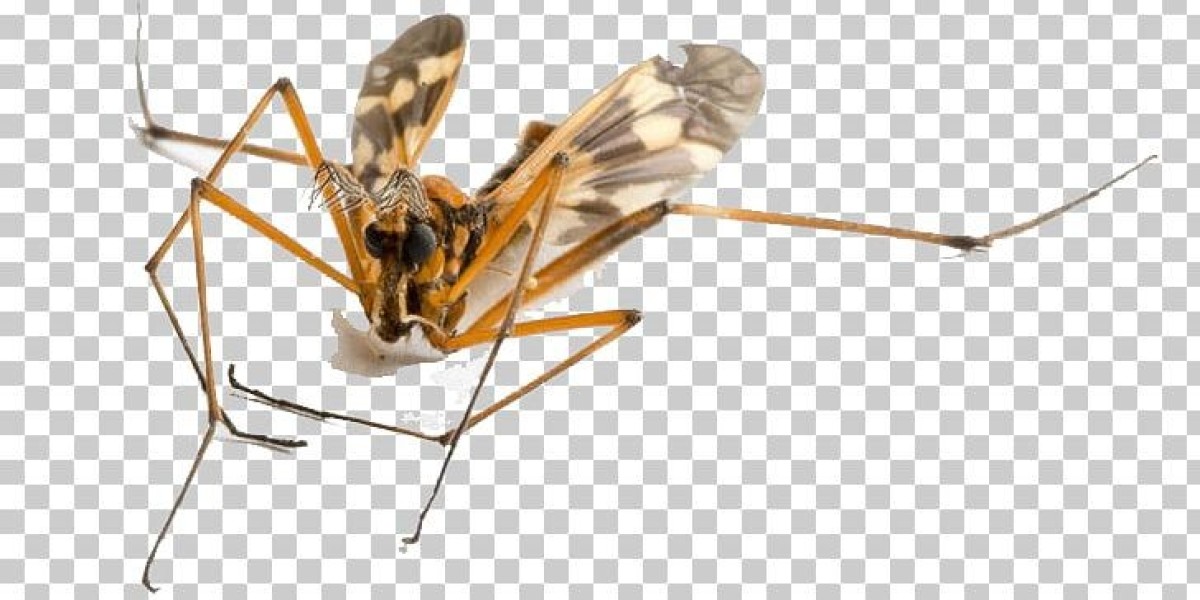When it comes to common household pests, few are as annoying and confusing as tiny flying insects that seem to appear out of nowhere. Among the most frequent culprits are fungus gnats and fruit flies. Although both are small and often mistaken for each other, they have distinct differences in behavior, habitat, and control methods. Understanding the differences between these pests is essential for effective management.
This article explores the characteristics that set these two pests apart, helping you identify and deal with them properly. For a comprehensive comparison, you can also check out fungus gnats vs fruit flies, which breaks down the key distinctions between these insects.
What Are Fungus Gnats?
Fungus gnats are small, dark, mosquito-like insects typically about 1/8 inch long. They belong to the family Sciaridae and are often found around indoor plants. Fungus gnats thrive in moist environments, especially where there is decaying organic matter in soil. The larvae feed primarily on fungi, decaying plant material, and sometimes plant roots, which can cause damage to seedlings and houseplants.
Adult fungus gnats are weak fliers and tend to hover around soil surfaces. They are most active in warm, damp conditions. While they do not bite humans or animals, their presence in large numbers can be bothersome.
What Are Fruit Flies?
Fruit flies, scientifically known as Drosophila melanogaster, are tiny flies about 1/10 inch long, with a yellowish or tan body and distinctive red eyes. They are commonly attracted to ripened or fermenting fruits and vegetables. Fruit flies are often seen hovering near trash cans, overripe produce, drains, or other sources of fermentation.
Unlike fungus gnats, fruit flies have a rapid reproduction cycle, laying hundreds of eggs in moist, fermenting organic material. Their larvae feed on yeast and microorganisms that grow on fermenting fruit, making kitchens and food preparation areas their ideal habitat.
Key Differences Between Fungus Gnats and Fruit Flies
Appearance
Fungus Gnats: Dark-colored, slender-bodied, with long legs and antennae, resembling tiny mosquitoes.
Fruit Flies: More robust with a tan or yellowish body and bright red eyes.
Behavior and Habitat
Fungus Gnats: Prefer moist soil, particularly around indoor plants. Their larvae feed on fungi and organic matter in soil.
Fruit Flies: Attracted to ripened or fermenting fruits and vegetables, as well as other organic fermenting material in kitchens and trash areas.
Flight Patterns
Fungus Gnats: Weak flyers that hover close to the soil or plant surface.
Fruit Flies: More active fliers, often seen darting quickly around food or trash.
Breeding Sites
Fungus Gnats: Lay eggs in moist potting soil or decaying plant material.
Fruit Flies: Lay eggs on fermenting or rotting fruits, vegetables, and sometimes in drains or garbage disposals.
Why Correct Identification Matters
Because fungus gnats and fruit flies thrive in different environments and require distinct control methods, properly identifying which pest is invading your home is crucial. Mistaking one for the other can lead to ineffective treatments and prolonged infestations.
For example, treating fruit flies by focusing on plant soil will not solve the problem if the source is actually overripe fruit in the kitchen. Conversely, overwatering plants can worsen a fungus gnat problem, so understanding the root cause is essential.
How to Identify a Fungus Gnat Infestation
Some signs that indicate the presence of fungus gnats include:
Small, mosquito-like insects flying around houseplants.
Wilting or yellowing plants due to root damage.
Moist soil conditions with visible larvae in the topsoil.
Sudden appearance of flying insects after watering plants.
How to Identify a Fruit Fly Infestation
Signs of fruit flies include:
Tiny flies hovering around ripe or rotting fruit.
Frequent sightings near garbage bins, drains, or compost containers.
A sweet, fermenting smell near the infestation site.
Rapid increase in flying insect numbers within days.
Common Control Methods for Fungus Gnats and Fruit Flies
Dealing with these pests involves different strategies tailored to their habits and breeding grounds.
Fungus Gnat Control
The best approach to controlling fungus gnats is to address soil moisture and plant care. Overwatering is a primary cause of fungus gnat infestations. Allowing soil to dry out between waterings reduces larval survival. Using well-draining soil and removing decaying plant matter also helps.
Biological controls like beneficial nematodes and predatory mites can target larvae in the soil. Sticky traps are effective for catching adult gnats and monitoring populations.
For detailed step-by-step solutions, explore How to Get Rid of Fungus Gnats.
Fruit Fly Control
Fruit fly control focuses on eliminating breeding sites. Remove or properly store overripe fruits and vegetables. Clean trash cans and kitchen surfaces regularly to remove food residues.
Traps using apple cider vinegar or wine can lure and capture adult fruit flies. Maintaining cleanliness in drains and garbage disposals prevents larvae from developing there.
Preventative Measures for Both Pests
For Fungus Gnats
Avoid overwatering indoor plants.
Use soil that drains well and is free of decaying organic matter.
Remove dead leaves and debris from pots.
Consider using sand or gravel as a top layer on soil to deter egg-laying.
For Fruit Flies
Store fruits and vegetables in the refrigerator or sealed containers.
Empty and clean trash bins regularly.
Keep kitchen surfaces clean and dry.
Use tight-fitting lids on compost containers.
Why These Pests Are More Than Just a Nuisance
While neither fungus gnats nor fruit flies bite or transmit disease, their presence signals underlying issues in your home environment. Fungus gnats indicate overwatering or poor soil conditions, which can harm your plants. Fruit flies suggest rotting or fermenting organic material that needs attention.
Addressing these pests promptly improves both your home's hygiene and plant health, reducing potential stress and discomfort.
Understanding the Life Cycle Differences
Fungus Gnats: Their life cycle from egg to adult lasts about 3-4 weeks. Eggs hatch into larvae that live in soil, feeding on fungi and plant roots, before pupating and emerging as adults.
Fruit Flies: The fruit fly lifecycle is much faster, about 8-10 days from egg to adult, allowing populations to explode quickly in favorable conditions.
This rapid reproduction rate means fruit fly infestations can develop very fast, requiring swift action.
When to Call a Professional
If your efforts to control either fungus gnats or fruit flies fail, or if infestations become severe, it may be time to call a pest control professional. Professionals have access to specialized treatments and expertise in identifying and eliminating these pests effectively.
Conclusion
Knowing the difference between fungus gnats and fruit flies can save you time and frustration. These two pests, while similar in size and appearance, have very different behaviors, habitats, and control methods. Proper identification is the first step toward successful elimination.
To revisit the detailed comparison, be sure to explore fungus gnats vs fruit flies.
If you’re struggling specifically with fungus gnats, visit How to Get Rid of Fungus Gnats for a complete guide on effective treatments and prevention.
By understanding these pests, acting promptly, and maintaining cleanliness and proper plant care, you can keep your home free of these annoying flying insects.







